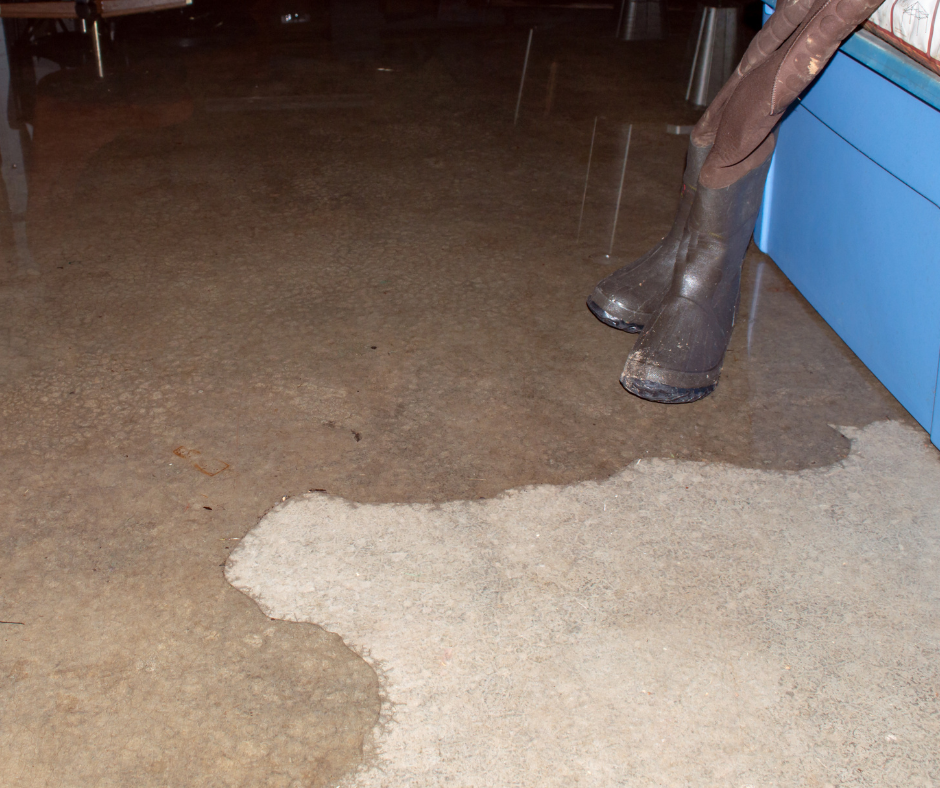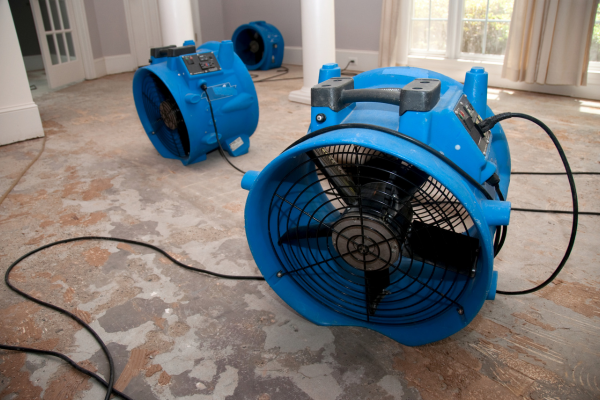In a Nutshell: Fire season in Los Angeles County can be unpredictable and devastating. Homeowners must take proactive measures to prepare their properties and ensure their safety. This involves creating defensible space, hardening homes against fire, developing an emergency plan, and staying informed about fire weather conditions.
- Understanding the Risk
Los Angeles County, known for its beautiful landscapes and sunny weather, is also prone to wildfires, particularly during the dry summer and fall months. The combination of high temperatures, dry vegetation creates a perfect storm for wildfire outbreaks. Understanding this risk is the first step in preparing for fire season.
- Creating Defensible Space
Defensible space is the buffer you create between a building on your property and the grass, trees, shrubs, or any wildland area that surround it. This space is crucial for slowing or stopping the spread of wildfire and protecting your home from catching fire. In Los Angeles County, the fire department recommends creating a defensible space of 100 feet around your home.
- Zone 1 (0-30 feet): Remove all dead plants, grass, and weeds. Trim trees regularly to keep branches at least 10 feet from other trees and remove branches that hang over your roof.
- Zone 2 (30-100 feet): Cut or mow annual grass down to a maximum height of 4 inches. Create horizontal spacing between shrubs and trees.
- Hardening Your Home to Prevent Fire Damage
Home hardening involves making your home more resistant to fire by using fire-resistant building materials and modifying your home’s structure. Key areas to focus on include:
- Roof: The roof is the most vulnerable part of your home. Use Class A fire-rated roofing materials.
- Vents: Cover all vent openings with 1/8-inch metal mesh to prevent embers from entering.
- Windows: Install dual-pane windows with one pane of tempered glass to reduce the chance of breaking during a fire.
- Siding: Use fire-resistant materials like stucco, fiber cement, or treated wood for siding.
- Decks: Ensure decks are made of fire-resistant materials and keep them clear of flammable items.
- Emergency Planning
Having a comprehensive emergency plan can save lives and reduce panic during a wildfire. Your plan should include:
- Evacuation Routes: Identify multiple evacuation routes from your home and practice them regularly.
- Communication Plan: Establish a family communication plan to ensure everyone knows how to contact each other.
- Emergency Kit: Prepare an emergency kit with essential items like water, food, medications, important documents, and clothing.
- Pets and Livestock: Make arrangements for the evacuation of pets and livestock, including having pet carriers and a plan for transportation.
- Staying Informed
Staying informed about fire conditions and alerts is crucial during fire season. Los Angeles County offers several resources to help homeowners stay updated:
- Alert Systems: Sign up for local alert systems like Nixle or Alert LA County to receive real-time updates.
- Weather Reports: Pay attention to weather reports and fire weather watches or warnings issued by the National Weather Service.
- Social Media: Follow local fire departments and emergency services on social media for the latest information and updates.
- Community Involvement
Engaging with your community can also enhance your preparedness. Participate in local Fire Safe Councils, attend community meetings on fire safety, and work with neighbors to create a Firewise community. These groups often provide valuable resources, training, and support for fire season preparation.
By understanding the risks, creating defensible space, hardening your home, developing an emergency plan, staying informed, and engaging with your community, you can significantly improve your preparedness for fire season in Los Angeles County.







